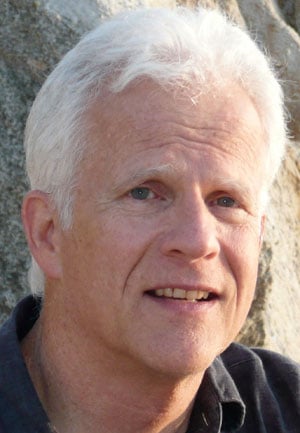Our best writing tip? Edit for clarity and brevity with WordRake. It’s an automated in-line editor that checks for needless words, cumbersome phrases, clichés, and more.
In the carefree days of serfs, seisin, and the Rule Against Perpetuities, jurists in powdered wigs spent much of their time drafting abstruse rules for pleadings and lying in wait for some poor barrister to violate one of them. Now, nobody has time for the wigs or the formality. Especially judges.
Yet many lawyers continue to open their briefs like this . . .
COMES NOW Montezuma Chemical Company, Defendant, in the above entitled and numbered cause, and responds to Plaintiff Ballard Chemical Company, Inc.’s Motion for Leave to File First Amended Complaint, and in support thereof would respectfully show the Court the following:
. . . when exactly one inch above that sits a caption that reads:
MONTEZUMA CHEMICAL COMPANY'S RESPONSE TO BALLARD CHEMICAL COMPANY, INC.'S MOTION FOR LEAVE TO FILE FIRST AMENDED COMPLAINT
Our repeating the caption bores a judge, brands us as “typical,” and warns the judge that reading our brief will be a tiresome ordeal. It also takes up space we could use more wisely. Why do we do it? Because other lawyers do it.
If court or local rules require us to open a specific way, we do it that way. But in 25 years of teaching writing to lawyers and judges, I have heard of only one judge who liked a lawyer to open a brief with that formal paragraph.
I would not even take the “respectfully” approach.
The plaintiffs, by and through their attorneys, Abel, Baker & Charles, respectfully submit this trial brief. The trial brief is organized as follows:
Just above that, the caption reads:
PLAINTIFFS' TRIAL BRIEF
That’s all the lawyer (the clerk, and the judge) needs.
Get to your case immediately. Don’t make your judge wait, and don’t waste your own precious words.

WordRake is editing software designed by writing expert and New York Times bestselling author Gary Kinder. Like an editor or helpful colleague, WordRake ripples through your document checking for needless words and cumbersome phrases. Its complex algorithms find and improve weak lead-ins, confusing language, and high-level grammar and usage slips.
WordRake runs in Microsoft Word and Outlook, and its suggestions appear in the familiar track-changes style. If you’ve used track changes, you already know how to use WordRake. There’s nothing to learn and nothing to interpret. Editing for clarity and brevity has never been easier.
© 2024 WordRake, LLC. 8415 154th Avenue NE, Suite 200, Redmond, WA 98052. All rights reserved. Privacy Policy | Technology | Contact